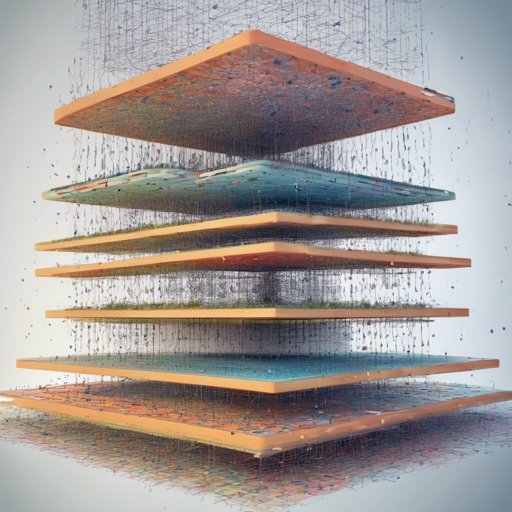Welcome to the exciting world of image classification! Today, we will walk through the process of building a powerful image classification model using the Keras library in Python. By the end of this guide, you’ll have a functioning model that can identify images with precision. Let’s dive in!
What You’ll Need
- Python installed on your computer
- Pandas and NumPy libraries
- The Keras library with TensorFlow backend
- A dataset of images to train your model
Step-by-Step Guide to Create Your Image Classification Model
Step 1: Install the Necessary Libraries
First things first, ensure that you have Keras installed. You can do this by running the following command in your terminal:
pip install kerasStep 2: Load Your Dataset
Load your dataset of images. For instance, you might have a folder with images of cats and dogs. You can use the following code to load your data:
from keras.preprocessing.image import ImageDataGenerator
datagen = ImageDataGenerator(rescale=1./255)
train_data = datagen.flow_from_directory('path/to/training_data',
target_size=(200, 200),
batch_size=32,
class_mode='binary')Step 3: Define Your Model
Next, define your model architecture. A simple Convolutional Neural Network (CNN) will suffice for basic tasks:
from keras.models import Sequential
from keras.layers import Conv2D, MaxPooling2D, Flatten, Dense
model = Sequential()
model.add(Conv2D(32, (3, 3), activation='relu', input_shape=(200, 200, 3)))
model.add(MaxPooling2D(pool_size=(2, 2)))
model.add(Flatten())
model.add(Dense(units=128, activation='relu'))
model.add(Dense(units=1, activation='sigmoid'))Step 4: Compile the Model
Now, you’ll need to compile your model by specifying a loss function, an optimizer, and metrics:
model.compile(optimizer='adam',
loss='binary_crossentropy',
metrics=['accuracy'])Step 5: Train Your Model
Finally, train your model using the following command:
model.fit(train_data, epochs=10)Understanding the Model’s Structure
Think of your image classification model as a complex network of highways. Each layer of the model acts like different checkpoints along these highways, processing information and building upon it. At the first layer, raw images (just like cars entering the highway) are analyzed. As they progress through the network, the layers begin to extract features like edges, textures, and shapes, similar to how road signs guide drivers. Finally, the model makes a decision at the end, predicting whether it’s a cat or a dog, just like arriving at a destination after traveling on various roads.
Troubleshooting Common Issues
If you encounter problems while training your model, consider the following troubleshooting tips:
- Check your dataset path: Make sure it leads to the correct directory containing your images.
- Review image sizes: Ensure all images are adequately resized to match the input shape of your model.
- Monitor training performance: If you notice low accuracy, consider tweaking your model architecture or optimizing parameters.
For more insights, updates, or to collaborate on AI development projects, stay connected with fxis.ai.
Wrap Up
Building an image classification model in Keras isn’t just a technical exercise – it’s an adventure into the world of machine learning! With just a few lines of code, you’re harnessing the power of AI and deep learning.
At fxis.ai, we believe that such advancements are crucial for the future of AI, as they enable more comprehensive and effective solutions. Our team is continually exploring new methodologies to push the envelope in artificial intelligence, ensuring that our clients benefit from the latest technological innovations.

